Rural People Enjoy Touring the City of Cuzco’s Sites
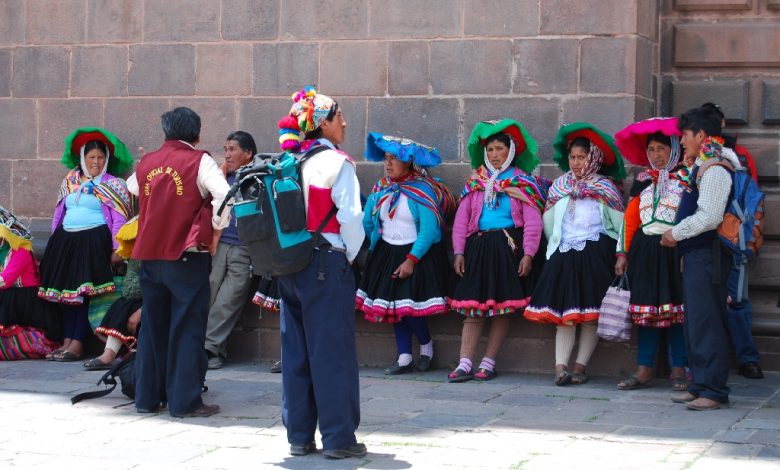
While across the Plaza de Armas, the Main Square, of our historical city we, Walter and I, Hebert, saw a crowd of people dressed in traditional clothing from rural Cuzco. It is unusual to see large groups of rural people in the Plaza. In fact we had never seen such before, and so we wondered where did such a colorful group of tourists come from.
Most tourists are from outside Peru. They used to be almost entirely people from Europe, North America, Australia and New Zealand, as well as Japan. Now many more people are coming from Latin American countries, but we have never seen indigenous peoples doing tourism in our city.
So we decided to go up to them and ask. They told us that they were from Ocongate, the community of Maguayani.
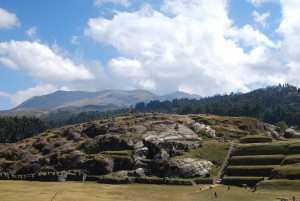
They came with their children and were visiting all the tourist sites of the city of Cuzco. We spoke with a man named Alejandro. He was a really nice guy. You could feel his good energy, his humility, and the respect he feels for other people.
Walter stayed and talked with Alejandro for a few minutes. He asked him how he felt and Alejandro said that all the people were really enjoying the tour.

He said they were just about to enter the Cathedral and that their next stop wluld be Sacsayhuaman.
We then went up to the man who was guiding the group and was doing it entirely in Quechua. He was in a hurry to get to the next spot, but he told us that they were all people from the community of Ocongate. He said they came to the city of Cuzco to visit all the archeological complexes of our city. He also said that the tour was paid for by the Regional Directorate of Tourism of Cuzco (DIRCETUR).
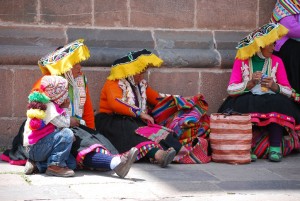
The program is called Tupananchis. In Quechua that means “we all come together” or “we all unite.” It is directed to the people of the areas at some distance from the city so that they can feel more in common wit the great culture left for us by our ancestors. It is also to let them know the history that was lived in our lands before and after the arrival of the Spaniards.
For them this great initiative is completely free. All the expenses, from the buses, breakfasts, lunches, and a professional guide, are covered by the Regional office of the Ministry of Culture.
We think it is great that the current national government is giving the people of our rural areas this chance to visit and become acquainted with the remains of the historical legacy we all have inherited. If for middle class people visiting the attractions of our city is expensive, it must be all but impossible for people from rural Cuzco. This kind of tourism is called “social tourism“.
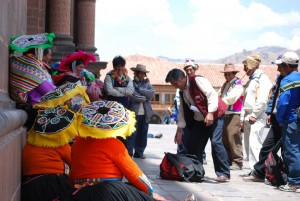
But they have the same right to know about their cultural essence. This is a great way to build and share a common identity with our rural brothers and sisters. They may be poor, but they have a living tradition, just as we do. Our culture is alive in each one of us. It is good for all of us to know where we come from, what happened in our past, and what is coming our way.
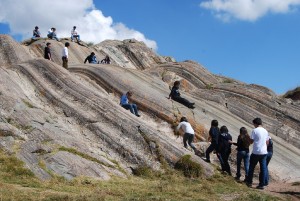
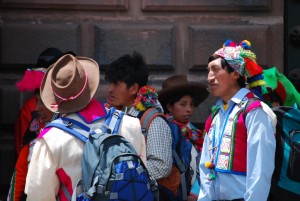





Buenísimo, más de esto para la gente de comunidades alejadas.